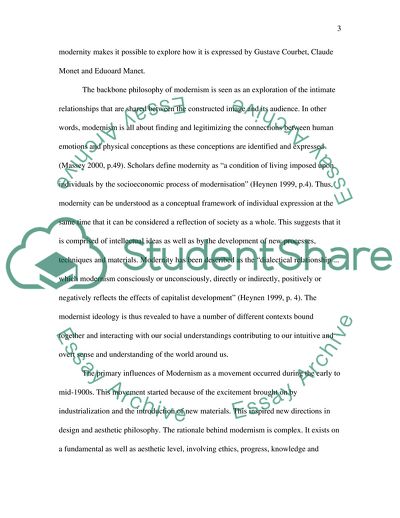Cite this document
(An Understanding of Modernity Case Study Example | Topics and Well Written Essays - 2500 words, n.d.)
An Understanding of Modernity Case Study Example | Topics and Well Written Essays - 2500 words. Retrieved from https://studentshare.org/culture/1744755-art-history-essay-see-below
An Understanding of Modernity Case Study Example | Topics and Well Written Essays - 2500 words. Retrieved from https://studentshare.org/culture/1744755-art-history-essay-see-below
(An Understanding of Modernity Case Study Example | Topics and Well Written Essays - 2500 Words)
An Understanding of Modernity Case Study Example | Topics and Well Written Essays - 2500 Words. https://studentshare.org/culture/1744755-art-history-essay-see-below.
An Understanding of Modernity Case Study Example | Topics and Well Written Essays - 2500 Words. https://studentshare.org/culture/1744755-art-history-essay-see-below.
“An Understanding of Modernity Case Study Example | Topics and Well Written Essays - 2500 Words”. https://studentshare.org/culture/1744755-art-history-essay-see-below.


